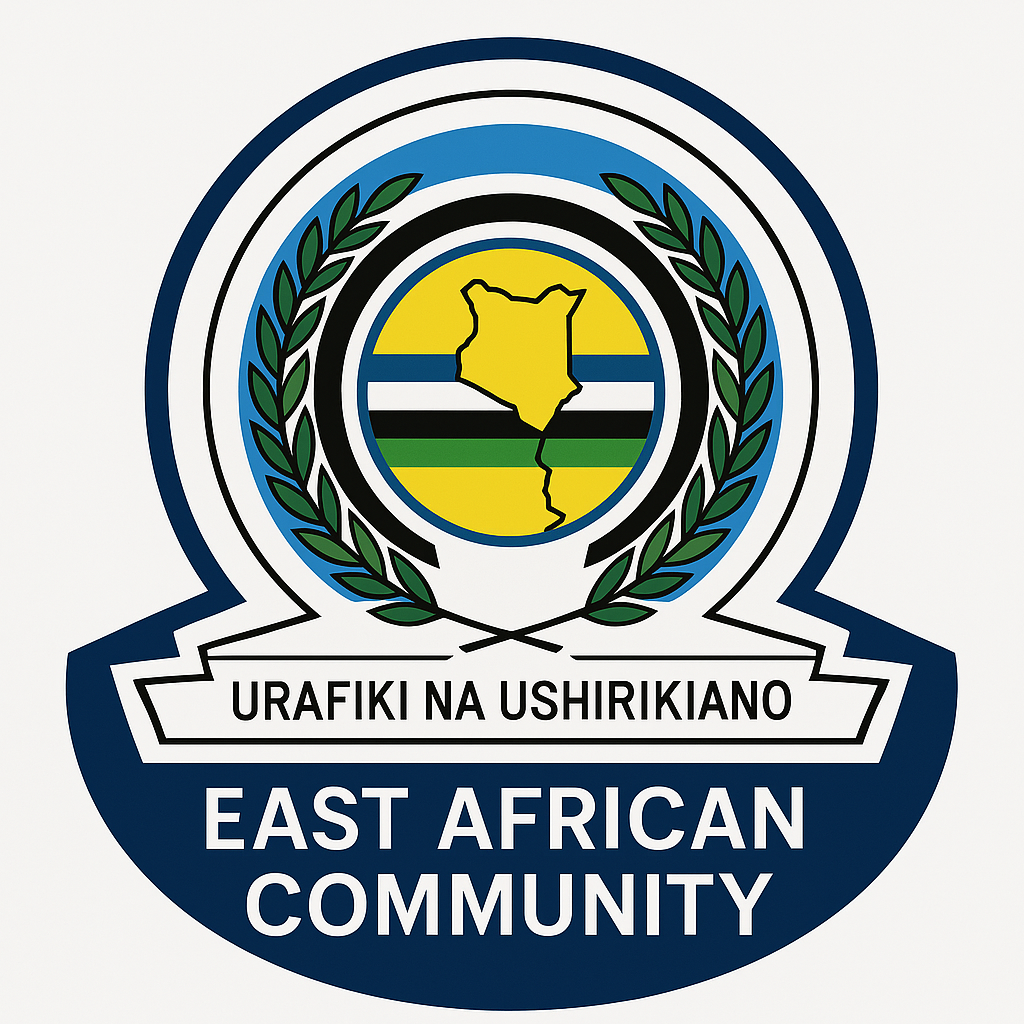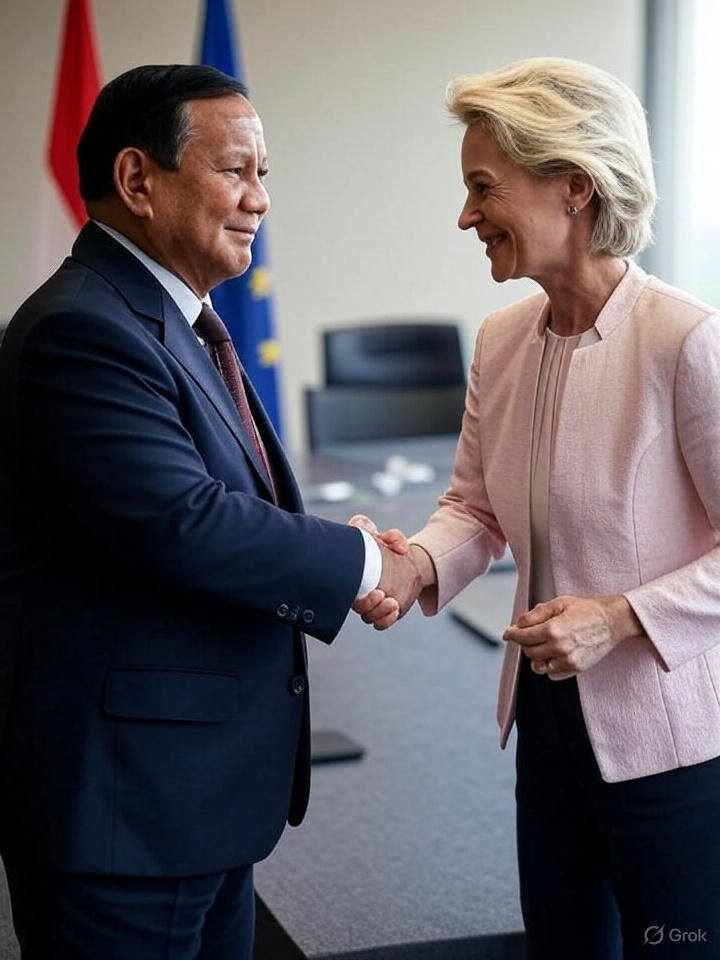1. Introduction
The East African Community (EAC) is a regional intergovernmental organization aimed at fostering economic, political, and social integration among its member states. It promotes cooperation in trade, infrastructure, and policy harmonization to enhance regional stability and development.
2. Date of Establishment
The EAC was originally established in 1967 but collapsed in 1977 due to political and economic differences. It was revived with the signing of the Treaty for the Establishment of the East African Community on November 30, 1999, in Arusha, Tanzania. The treaty came into force on July 7, 2000.
3. Member States
As of 2024, the EAC comprises eight member states:
- Burundi
- Democratic Republic of the Congo (DRC) (joined in 2022)
- Kenya
- Rwanda
- South Sudan (joined in 2016)
- Tanzania
- Uganda
- Somalia (admitted in 2023)
4. Objectives of the EAC
The EAC aims to achieve the following:
- Establish a Customs Union (implemented in 2005) to facilitate trade among member states.
- Form a Common Market (since 2010) allowing free movement of goods, services, labor, and capital.
- Develop a Monetary Union, with a goal of a single currency in the future.
- Ultimately, establish a Political Federation for deeper regional integration.
5. Key Benefits of EAC Membership
- Economic Growth: Increased trade opportunities, reduced tariffs, and improved cross-border investments.
- Infrastructure Development: Enhanced regional infrastructure, including transport, energy, and communication networks.
- Job Creation & Labor Mobility: Free movement of workers across member states.
- Political & Security Cooperation: Joint efforts in maintaining regional peace and security.
- Market Expansion: A collective market of over 300 million people, making it attractive for investors.
6. Challenges Facing the EAC
- Political and policy differences among member states.
- Non-tariff barriers affecting free trade.
- Security issues, especially in conflict-prone areas.
- Slow implementation of regional agreements.
7. Conclusion
The EAC remains one of the most dynamic regional economic blocs in Africa. While challenges exist, the integration efforts continue to drive economic growth and regional stability. With continued commitment from member states, the EAC has the potential to become a strong unified economic and political entity in Africa.




